Animals
-
 Animals
AnimalsWhy bats crash into windows
Smooth, vertical surfaces may be blind spots for bats and cause some animals to face-plant, study suggests.
-
 Animals
AnimalsWhy bats crash into windows
Smooth, vertical surfaces may be blind spots for bats and cause some animals to face-plant, study suggests.
-
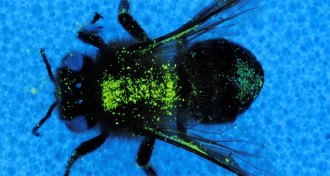 Animals
AnimalsPollen hitches a ride on bees in all the right spots
Flower reproduction depends on the pollen that collects in hard-to-reach spots on bees, a new study shows.
-
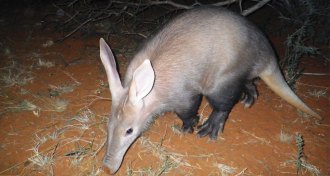 Climate
ClimateRising temperatures threaten heat-tolerant aardvarks
Aardvarks may get a roundabout hit from climate change — less food.
By Susan Milius -
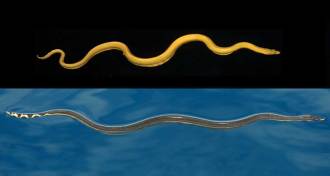 Animals
AnimalsThis sea snake looks like a banana and hunts like a Slinky
A newly identified sea snake subspecies is known to live in a single gulf off the Pacific coast of Costa Rica.
-
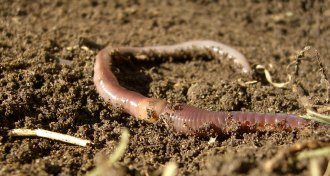 Animals
AnimalsInvasive earthworms may be taking a toll on sugar maples
Sugar maple trees in the Upper Great Lakes region are more likely to have dying branches when there are signs of an earthworm invasion, a new study finds.
-
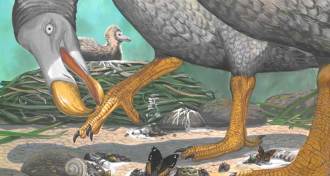 Animals
AnimalsBones reveal what it was like to grow up dodo
Scientists take a first look at the inside of dodo bones.
By Susan Milius -
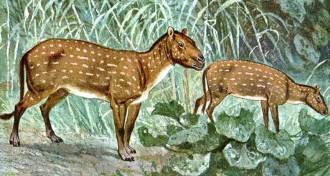 Life
LifeHow horses lost their toes
Fossils reveal that as horses evolved to have fewer toes, they also got stronger and faster.
-
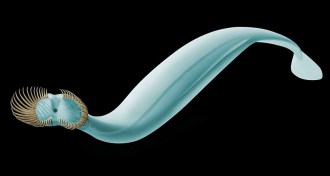 Paleontology
PaleontologyThis ancient sea worm sported a crowd of ‘claws’ around its mouth
A newly discovered species of arrow worm that lived over half a billion years ago had about twice as many head spines as its modern kin.
-
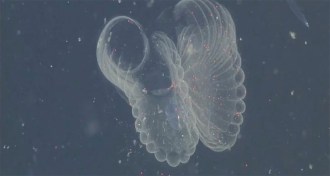 Animals
AnimalsGiant larvaceans could be ferrying ocean plastic to the seafloor
Giant larvaceans could mistakenly capture microplastics, in addition to food, in their mucus houses and transfer them to the seafloor in their feces.
-
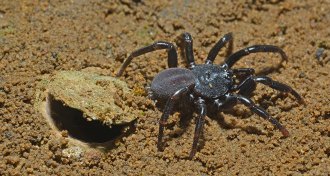 Animals
AnimalsThese spiders crossed an ocean to get to Australia
The nearest relatives of an Australian trapdoor spider live in Africa. They crossed the Indian Ocean to get to Australia, a new study suggests.
-
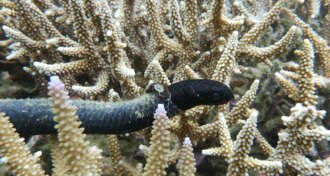 Life
LifePolluted water: It’s where sea snakes wear black
Reptile counterpart proposed for textbook example of evolution favoring darker moths amid industrial soot.
By Susan Milius